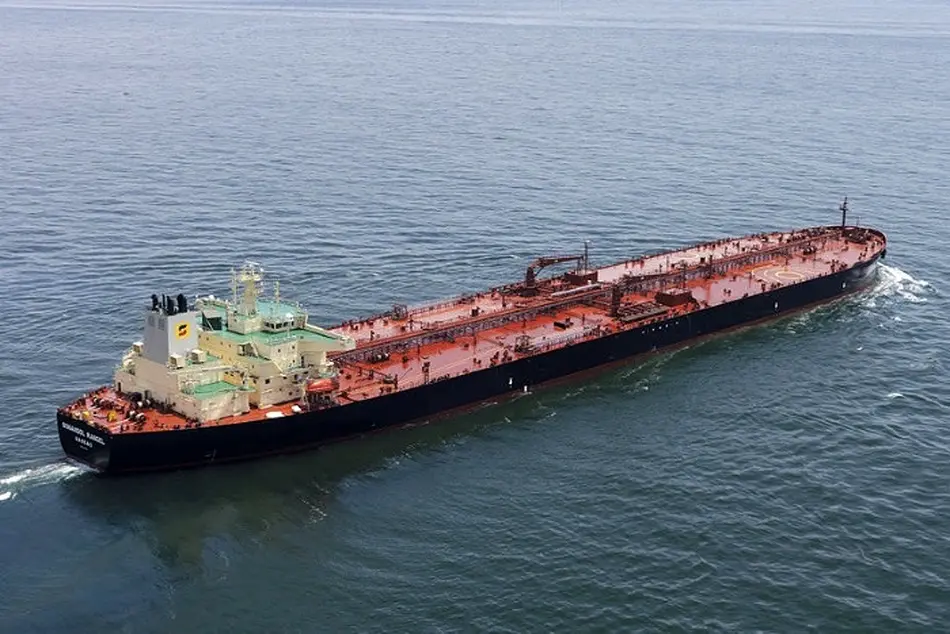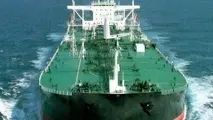VLCC Tankers: Middle East Fixtures Up by 47%

The market for VLCCs appears to be on the mend, as the past week could be characterized as a positive one. In its latest weekly report, shipbroker Charles R. Weber said that “rates in the VLCC market experienced a late‐week uptick, driven by a modest improvement in Middle East demand and recent draws on Middle East tonnage to both sides of the Atlantic basin amid sustained elevated West Africa demand and a supply shortage in the CBS/USG market. The Middle East market observed 25 fixtures, marking a 47% w/w gain. The West Africa market was unchanged at seven fixtures. Meanwhile, two North Sea‐Asia fixtures were reported this week, building upon the five observed last week. As VLCC deliveries to points in Europe generally comprise the “natural” position list for the Caribbean/USG market, the recent demand strength there implies a reduction of available tonnage, which has raised owners’ expectations of further draws on Middle East positions by attracting ballast units from Asia. Furthering this expectation, sustained demand strength was observed in the Americas, where eight fixtures were reported this week”.
According to CR Weber, “further rate gains should materialize during the upcoming week as the supply/demand view has improved markedly. With 28 October Middle East cargoes covered thus far, we anticipate that a further 14 remain uncovered through the end of the month’s first decade. Against this, there are 38 units available, from which the West Africa market is expected to absorb 7. This leaves 17 surplus units, or the fewest in four months and 41% fewer than the end‐September surplus. Moreover, the surplus could decline further if any fresh ballasts to the Americas materialize. Historically, seventeen surplus vessels have supported average AG‐FEAST TCEs of around $22,750/day; presently, these routes yield an average just ~$13,145/day, illustrating the rate upside potential”.
The shipbroker added that in the Middle East rates to the AG‐JPN gained six points to conclude at ws45 with corresponding TCEs rising by 57% to ~$13,397/day. Rates to the USG via the Cape added four points to conclude at ws23. Triangulated Westbound trade earnings rose by 11% to ~$25,796/day. In the Atlantic Basin, “rates in the West Africa market were stronger in‐line with the Middle East market. The WAFR‐FEAST rose by 4.5 points to conclude at ws51.5 with corresponding TCEs improving by 25% with a closing assessment of ~$17,525/day. The Caribbean market remained strong on a tightening regional supply/demand positioning. Rates on the CBS‐SPORE route was unchanged at $4.00m lump sum”.
Meanwhile, in the Suezmax market, CR Weber noted that “the West Africa Suezmax market was softer this week as lower cargo availability in recent weeks and declining rates in the Caribbean alternative market took their toll on sentiment. Spot cargo trades, which generally favor the Suezmax class, were also sluggish this week as inventory sales have picked up as traders unwound earlier storage. This has put negative pressure on price differentials, however which could support fresh demand during the upcoming week. Simultaneously, VLCC demand imply lower cargo availability for Suezmaxes and further rate downside is envisioned in the near‐term. The WAFR‐UKC route shed five points to conclude at ws65. In the Caribbean market, rates on the CBS‐USG route shed 10 points to conclude at 150 x ws 67.5”, it concluded.



